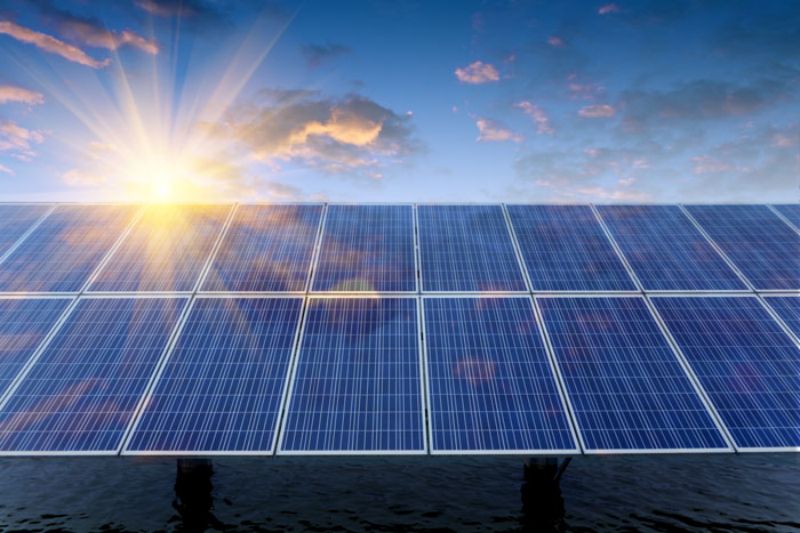Creating photovoltaic energy involves converting sunlight into electricity using solar cells, which can be a complex process. However, the difficulty depends largely on various factors such as the size of the project, available resources, and level of expertise.
For small applications such as residential solar panels, it is generally not difficult as many ready-to-use PV systems on the market can be installed by professionals.
However, larger PV projects require more planning, expertise, and resources. These projects involve the design, engineering, and installation of solar panel arrays, as well as the creation of the necessary infrastructure to connect the generated electricity to the grid. In addition, factors such as location, site preparation, and maintenance have a significant impact on the overall complexity and difficulty of the project.
Some of the steps involved in photovoltaic energy generation include:
1. Site Evaluation: The first step is to evaluate the location where the solar panels will be installed. Factors such as amount of sunlight, shading, and available space must be considered to optimize system efficiency.
2. Design: Once the site has been evaluated, the system must be designed to meet the specific energy needs of the site. This includes determining the number and placement of solar panels, as well as the type of inverter, batteries, and other necessary components.
3. Installation: The next step is the actual installation of the solar panels and other components. This includes securely mounting the solar panels and positioning them correctly to maximize the use of sunlight. Wiring and other electrical connections are also installed at this stage.
4. Electrical connections: Once the solar panels are in place, the electricity generated must be connected to the existing grid. This requires the installation of an inverter, which converts the direct current (DC) generated by the solar panels into alternating current (AC) that can be used to power a home or business. Electrical connection also involves complying with local codes and obtaining the necessary permits.
5. Grid integration: If the PV system is connected to the grid, excess power generated by the solar panels can be exported back to the grid. This can often be done with credits or financial incentives from the utility, depending on local regulations and net metering policies.
6. Energy Storage: To maximize the use of solar power, energy storage systems (such as batteries) can be installed. These systems can store excess electricity generated during the day for use during periods of low sunlight or at night. Energy storage helps optimize self-consumption and reduces dependence on the grid.
7. Financial Analysis: Assessing the financial viability of installing a PV system is an important step. This includes estimating initial costs and potential savings in electricity costs over the life of the system. Consideration of incentives, rebates and tax credits, and potential return on investment can help determine the economic feasibility of installing a PV system.
8. Environmental benefits: The use of PV energy can help reduce dependence on fossil fuels and lower carbon emissions. By generating electricity from renewable sources such as solar energy, PV systems contribute to a more sustainable and cleaner energy future.
Post time: Sep-12-2023
